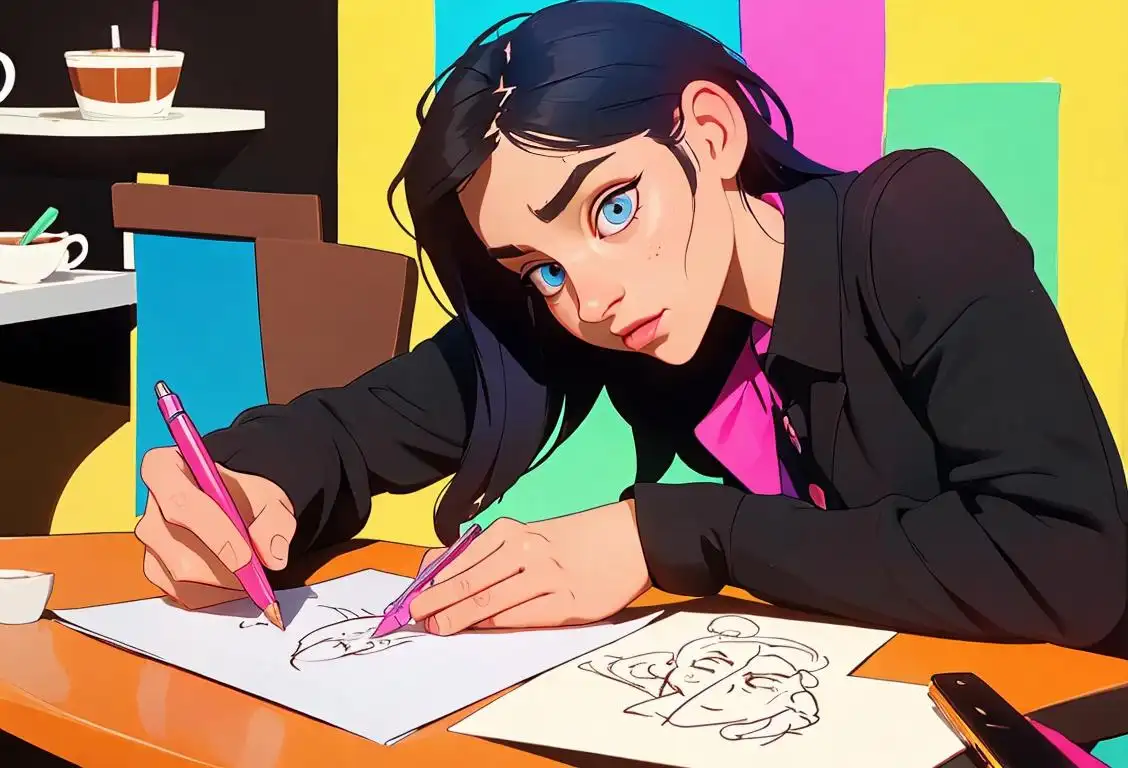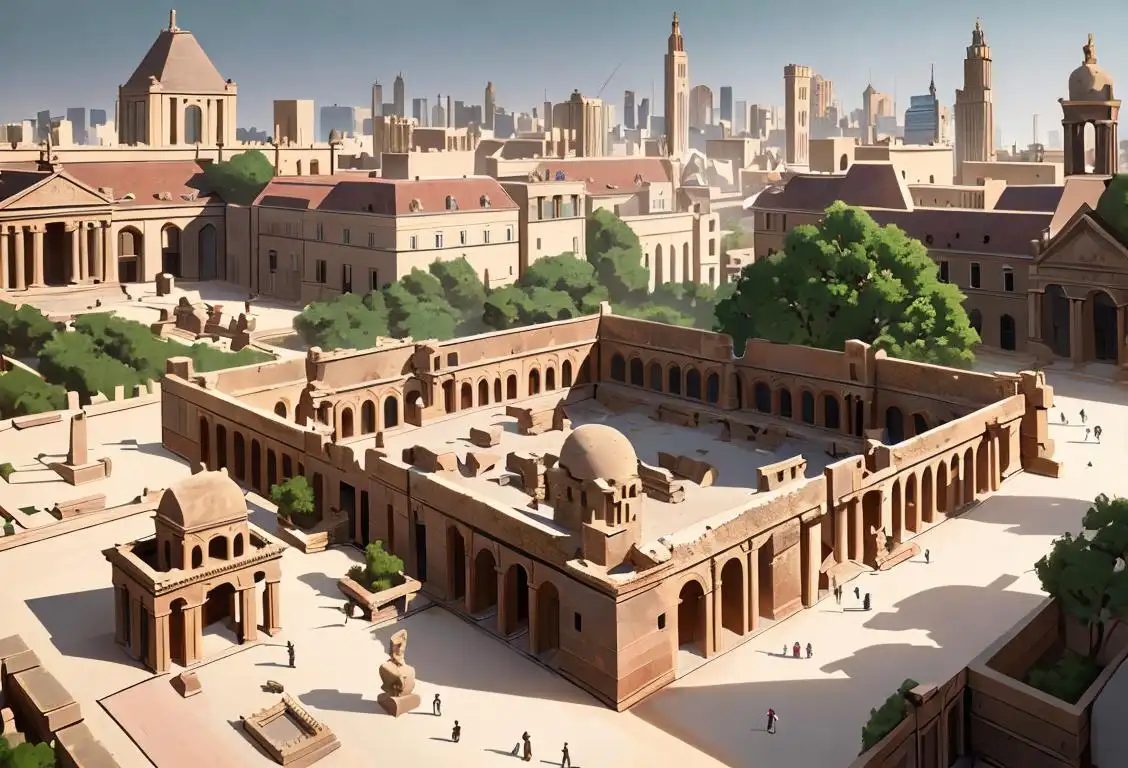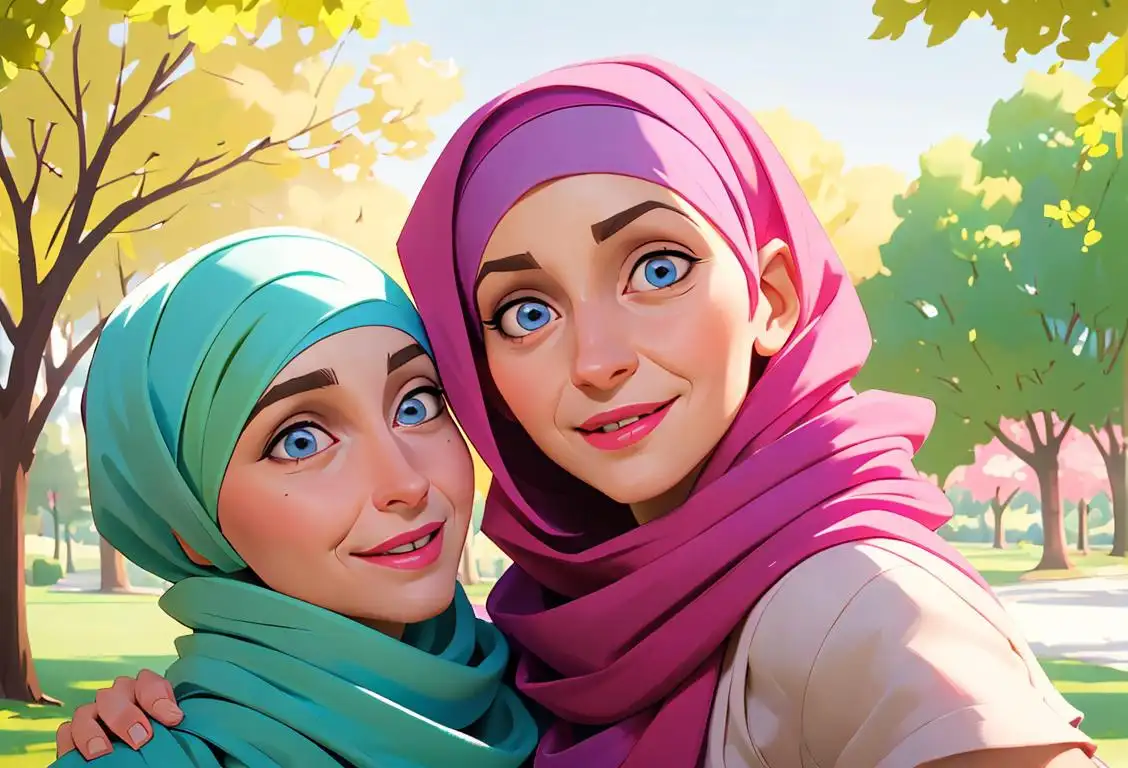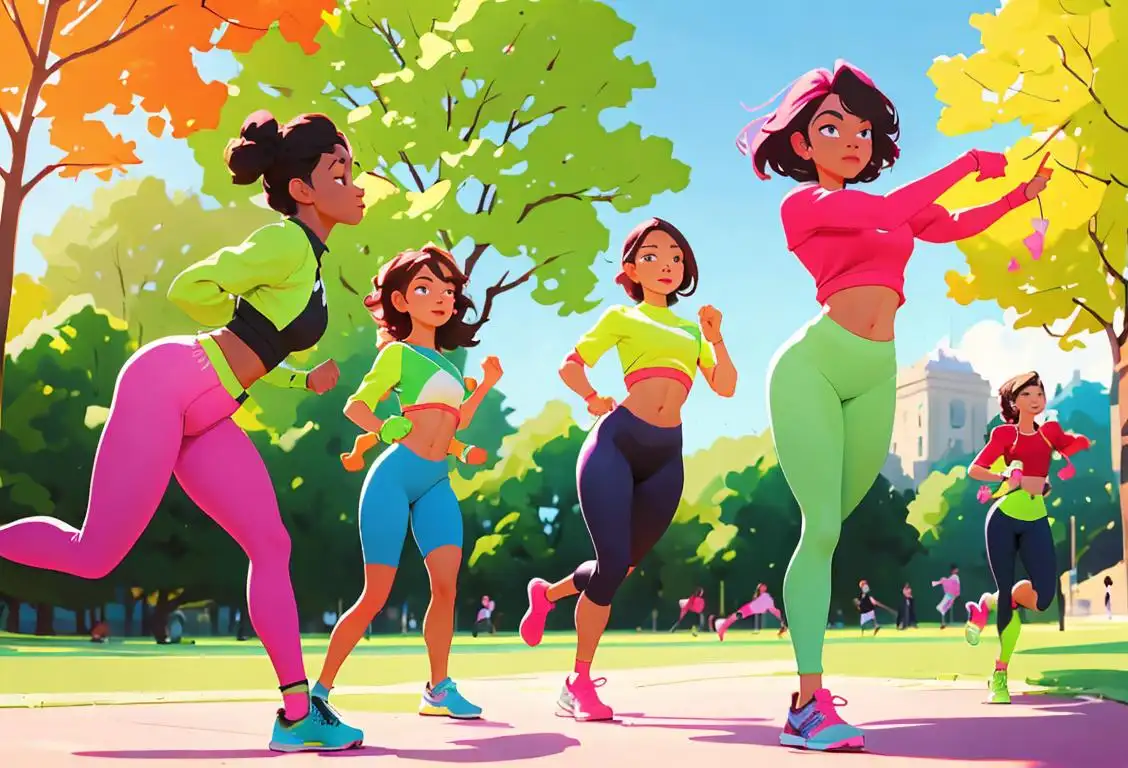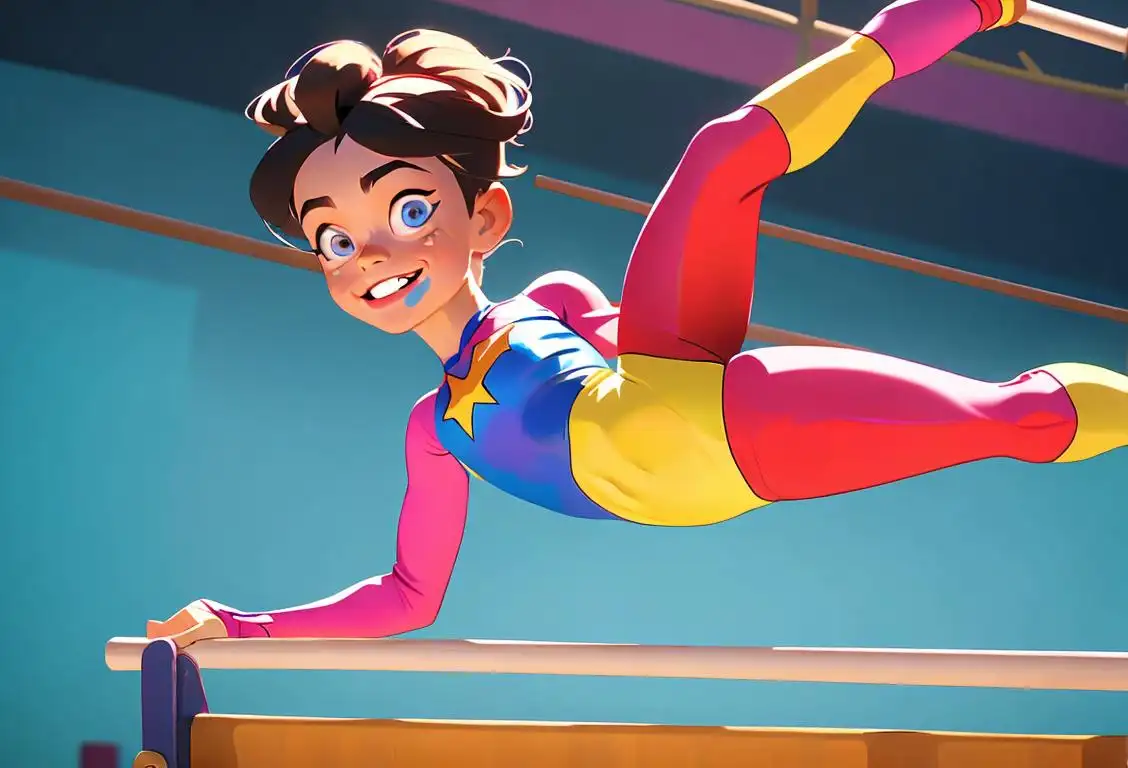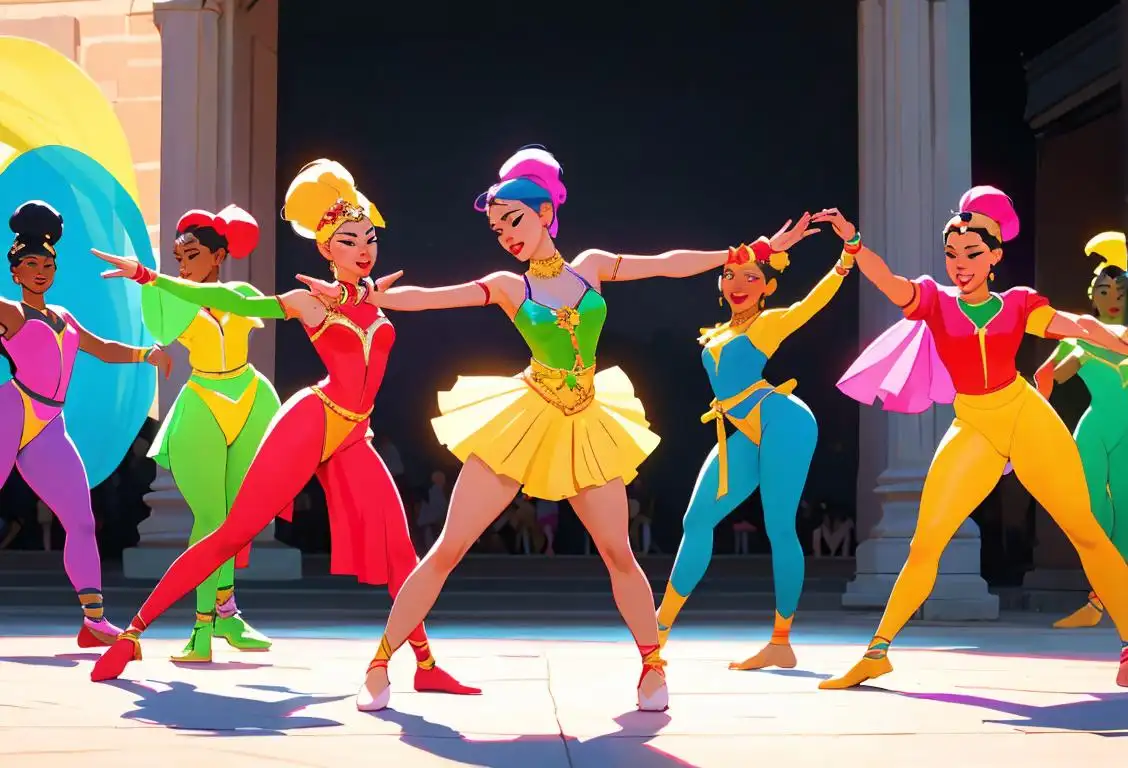National Mascot Day
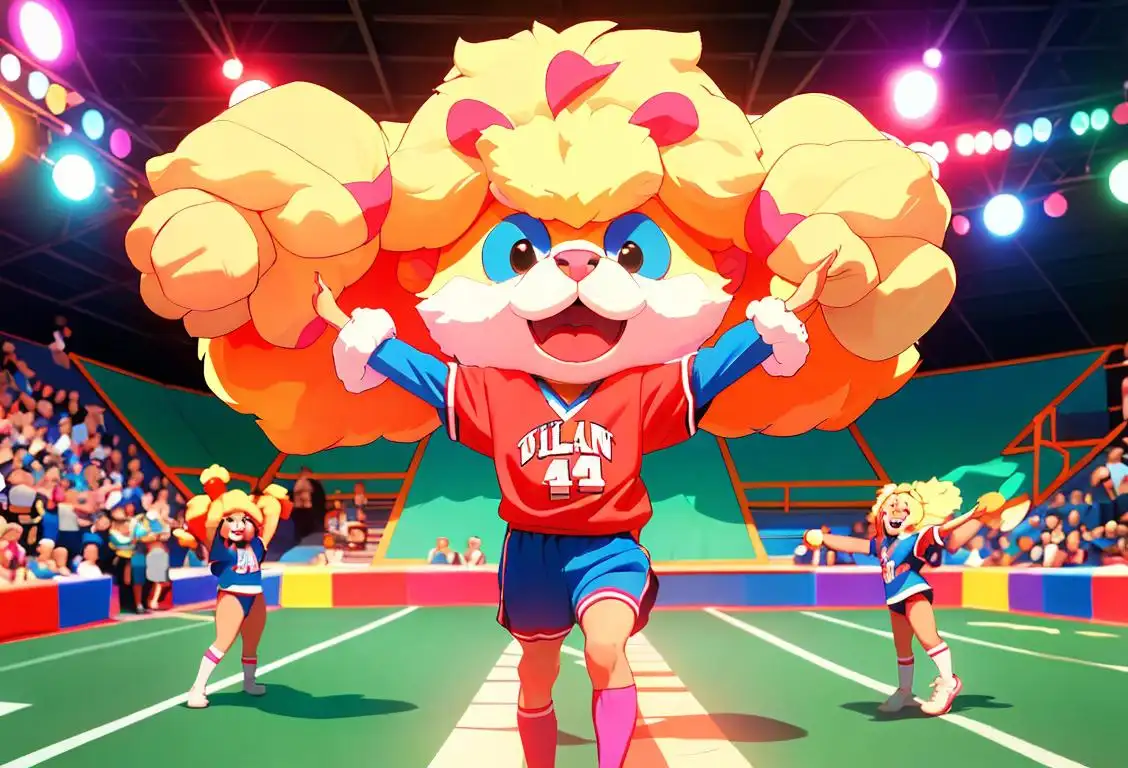
Welcome to the world where fluffiness, giant heads, and nonstop dancing dominate! We're referring, of course, to National Mascot Day, a day that pays homage to the unsung heroes of sports games and school pep rallies. Buckle up, folks, because we're about to take a spirited adventure through the internet history of this wonderfully quirky national day.
When is Mascot Day?
It's national mascot day on the 17th June.
A Close Look at National Mascot Day
National Mascot Day is celebrated online and offline by thousands each year. From our records, we have detected 5415 mentions of National Mascot Day across the internet. Even the Covid couldn't stop it from becoming a sensation, with the most mentions recorded on 17 Jun 2020 - mask wearing mascots perhaps? That’s dedication, people.
The Mascot Appeal
Nearly everyone remembers their school's mascot and all the crazy things they did to get the crowd riled up before the big game. They help create unforgettable moments and bond us together - even if it’s just over our mutual bewilderment at someone dressing up as a giant fluffy eagle dancing the Macarena.
The Origin of National Mascot Day
While the exact origin of National Mascot Day is shrouded in the kind of mystery typically reserved for a summer blockbuster, it clearly holds a special place in the hearts of mascot enthusiasts all around the net. Whoever decided a day was needed to honor these fluffy heroes has clearly never worn a sweaty eagle costume.
So, Why Celebrate National Mascot Day?
Well, for one, it's a day that recognizes the spirit, enthusiasm, and downright audacity that mascots bring into our lives. Plus, it’s a wonderful excuse to remember and share hilarious mascot moments. We all know the internet loves a good laugh.
History behind the term 'Mascot'
1867
Introduction of the term 'mascot'
The term 'mascot' was first introduced in 1867 by a French composer named Edmond Audran. In his comic opera 'The Mascotte,' the word 'mascotte' was used to describe a talisman or lucky charm that brings good fortune to its owner.
1880s
Mascots as good luck charms in sports
In the 1880s, the concept of a mascot as a good luck charm gained popularity in the world of sports. Mascots were often animals or objects believed to bring luck to a team or individual. They were frequently present at sporting events to boost morale and inspire players to perform better.
1900s
Mascots in advertising
During the early 1900s, mascots started appearing in advertising campaigns. Companies utilized mascots to promote their products and create brand recognition. Famous examples include the Michelin Man, Tony the Tiger, and the Coca-Cola polar bears. Mascots became synonymous with product branding and marketing strategies.
1920s
Mascots in schools and colleges
In the 1920s, mascots became a popular symbol of school spirit and identity. Many schools and colleges adopted mascots to represent their athletic teams and rally school pride. These mascots often take the form of animals, characters, or symbols associated with the school's history or region.
1960s
Mascots in entertainment
During the 1960s, mascots gained prominence in the entertainment industry. They became beloved characters in children's television shows, movies, and amusement parks. Famous examples include Mickey Mouse, Bugs Bunny, and Ronald McDonald. Mascots started to play a significant role in popular culture, entertaining and captivating audiences of all ages.
Did you know?
Did you know the term 'mascot' originally comes from the French term 'mascotte', which means lucky charm. So, essentially, we're dedicating an entire day to our fuzzy lucky charms!Tagged
awareness fun sports entertainment festivities mascots culturesFirst identified
4th April 2015Most mentioned on
17th June 2020Total mentions
5415Other days
Mascot Day
Sport Day
Dab On Britbongs Day
Left Handers Day
Foundation Day
Cancer Survivors Day
Fitness Day
Memorial Day
Gymnastics Day
Dance Day

